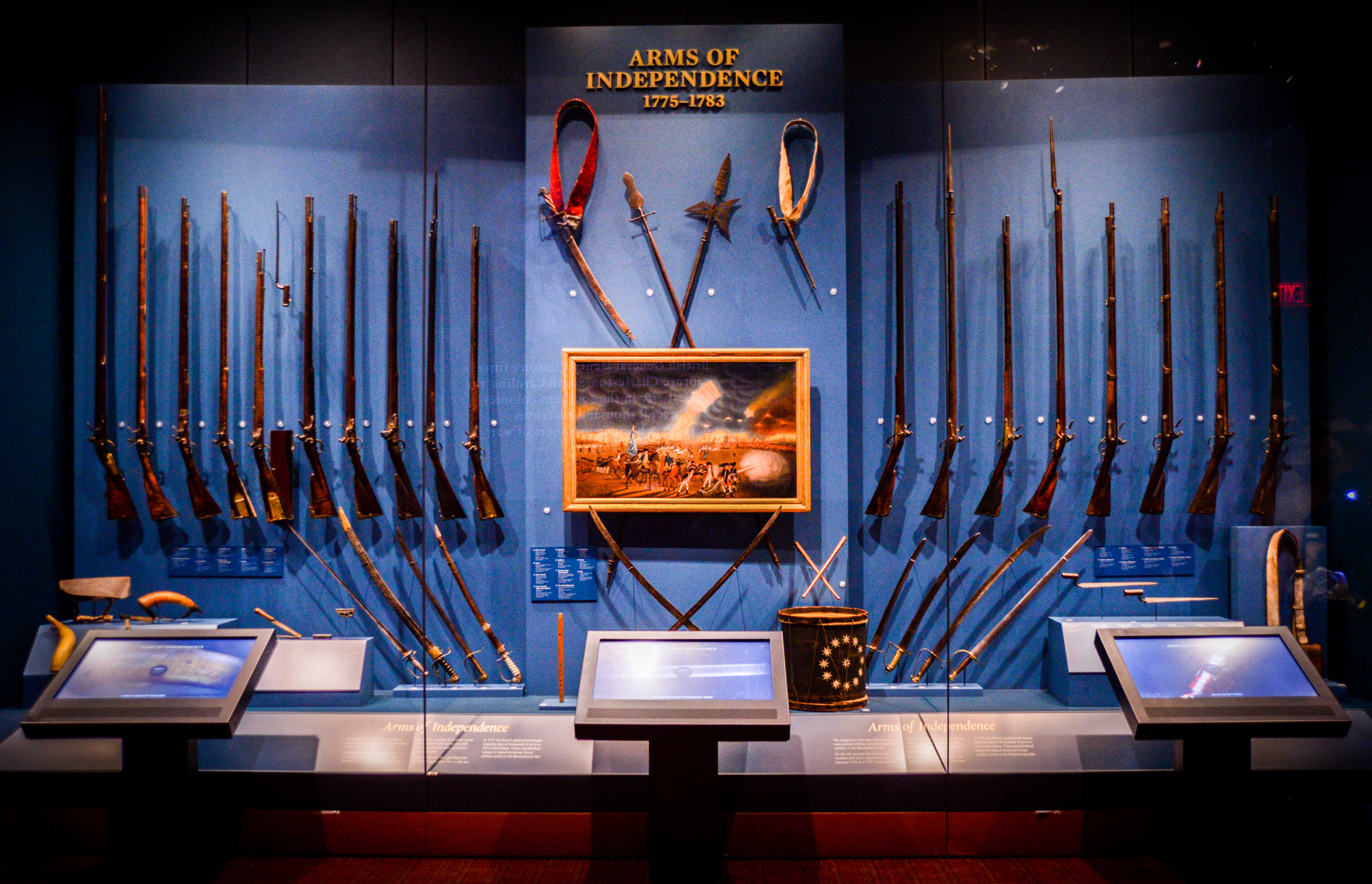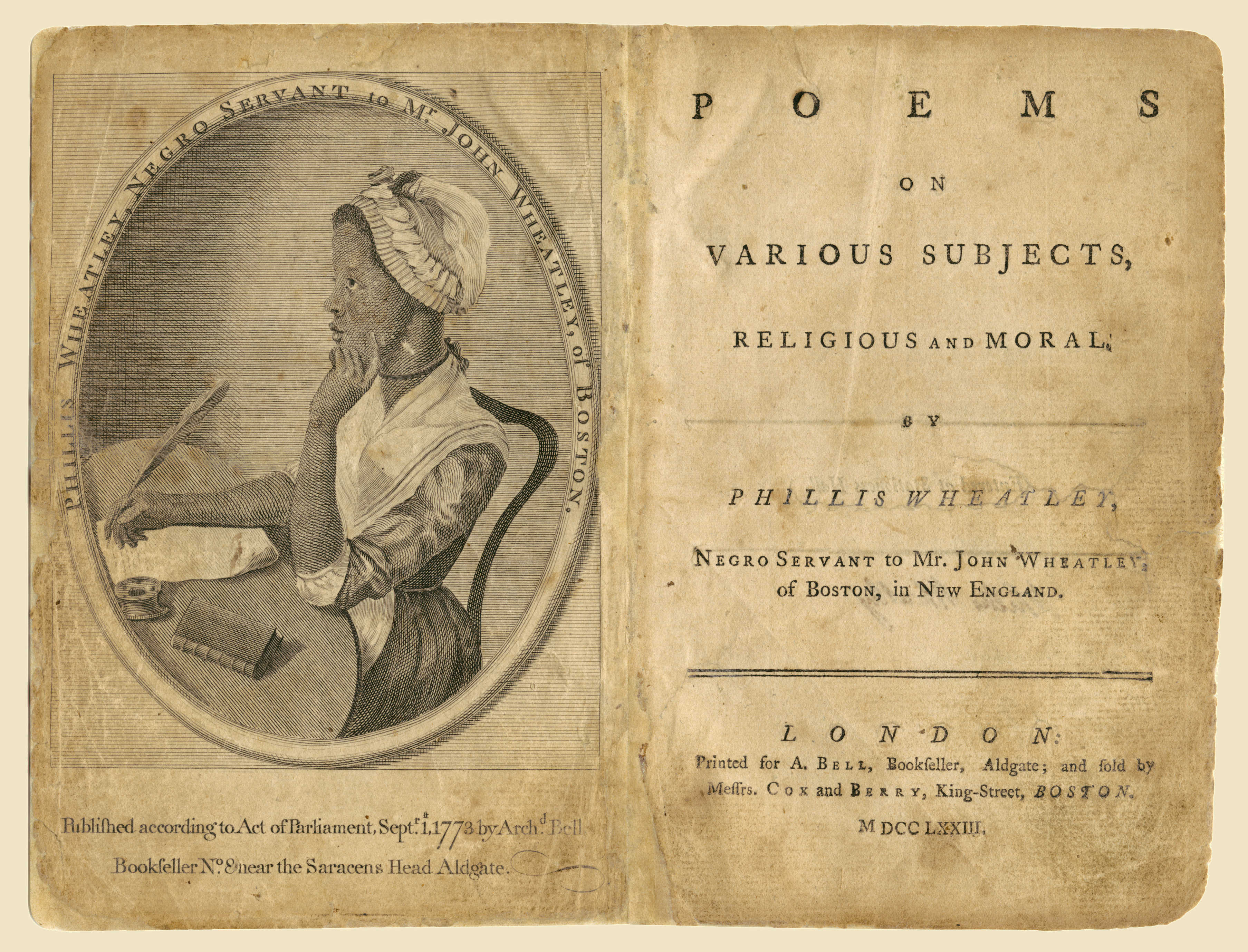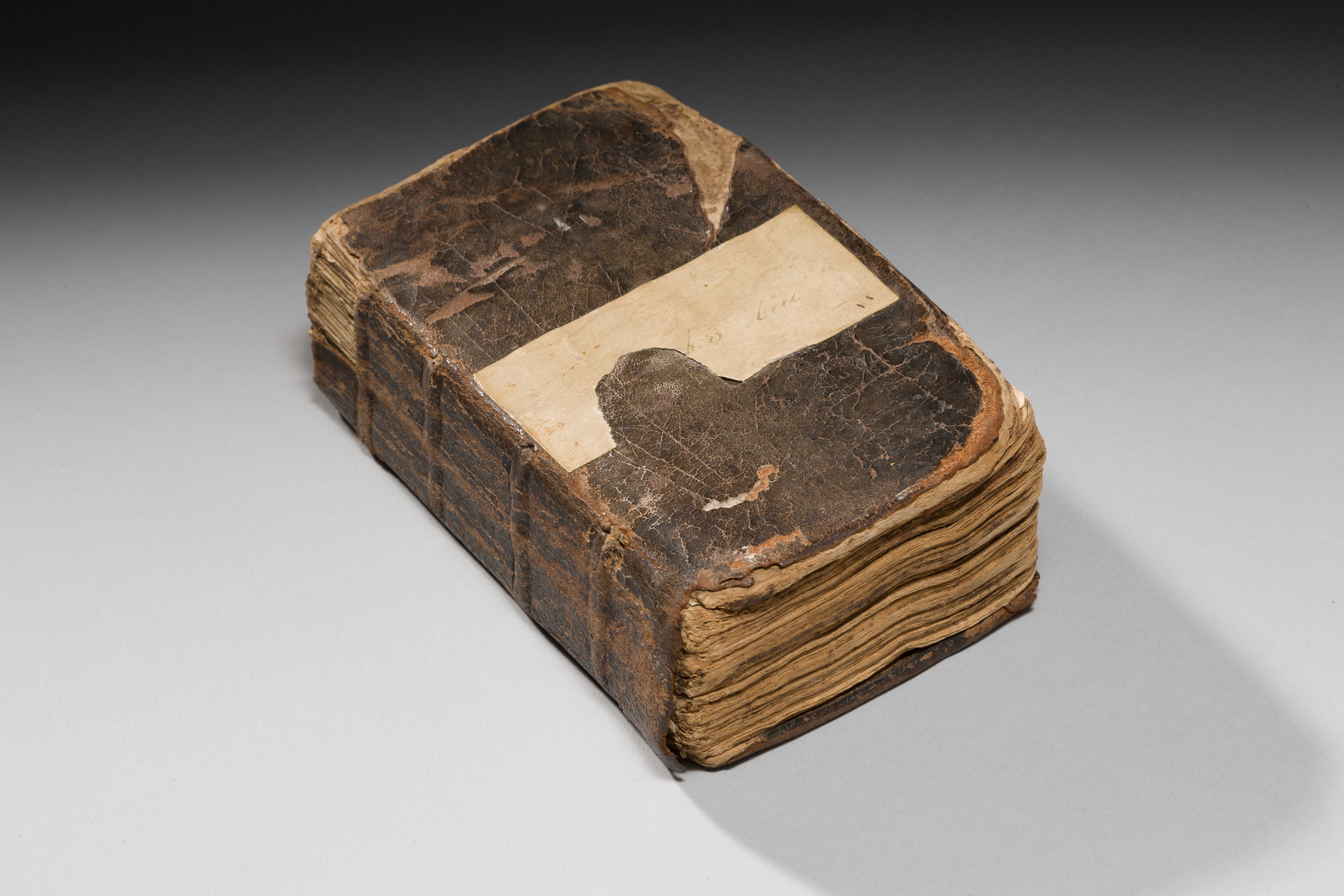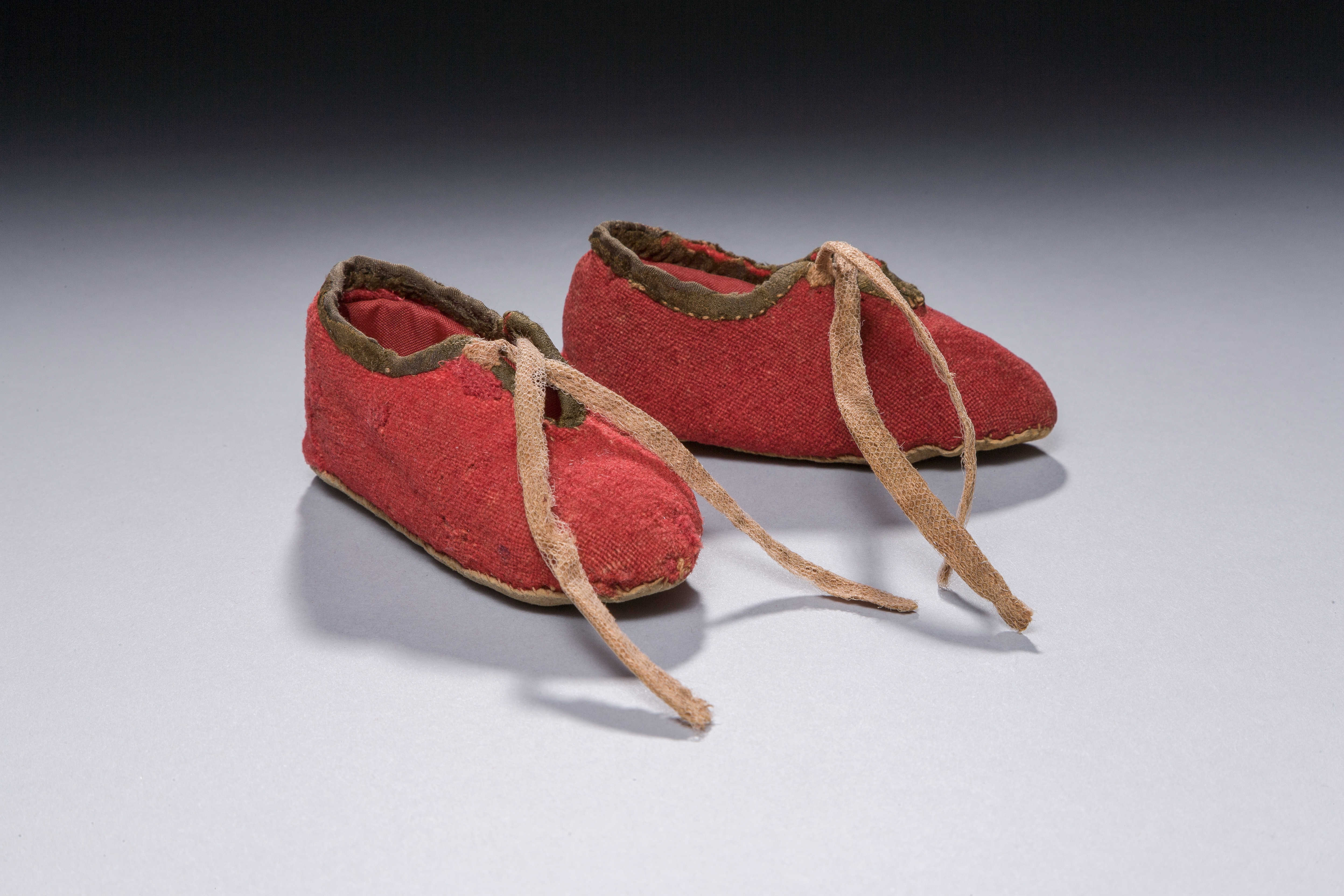Must-sees at the Museum of the American Revolution, from war tent to baby booties
A museum curator's curated list of the top five attractions.
You've got only a limited amount of time and you want to visit the Museum of the American Revolution.
What are the absolute must-sees?
We asked R. Scott Stephenson, the museum's vice president of collections, exhibitions, and programming, what he considered the unmissable highlights. He chose these as his top five:
George Washington's war tent
This is truly the "room where it happened." It served as the private office of our first commander-in-chief, where he experienced some of the lowest and most joyous moments of the Revolutionary War. The tent is the climax of a visit to the museum, presented in its own gallery-auditorium.
Phillis Wheatley's Poems on Various Subjects, Religious and Moral
Born in West Africa and enslaved as a child, Phillis Wheatley became the first published African American poet. She signed this copy of her work, issued in London in 1773.
Francis Merrifield Bible
Francis Merrifield, of Ipswich, Mass., carried this King James Bible during the June 17, 1775, Battle of Bunker Hill. Merrifield survived some of the heaviest fighting on that day, and he inscribed the work with thanks to God for preserving his life.

Arms of independence
This monumental installation of nearly 50 original weapons used by American soldiers in the fight for independence is enhanced by digital interactive technology that allows visitors to visually "handle" the artifacts and explore the history of makers and owners.
The Davenport baby shoes
In 1783, American soldiers had to become citizens again. Sgt. James Davenport married, and when the couple's first child was born, the British red coat that he brought home as a war souvenir was turned into these baby shoes, beating swords into plowshares.


